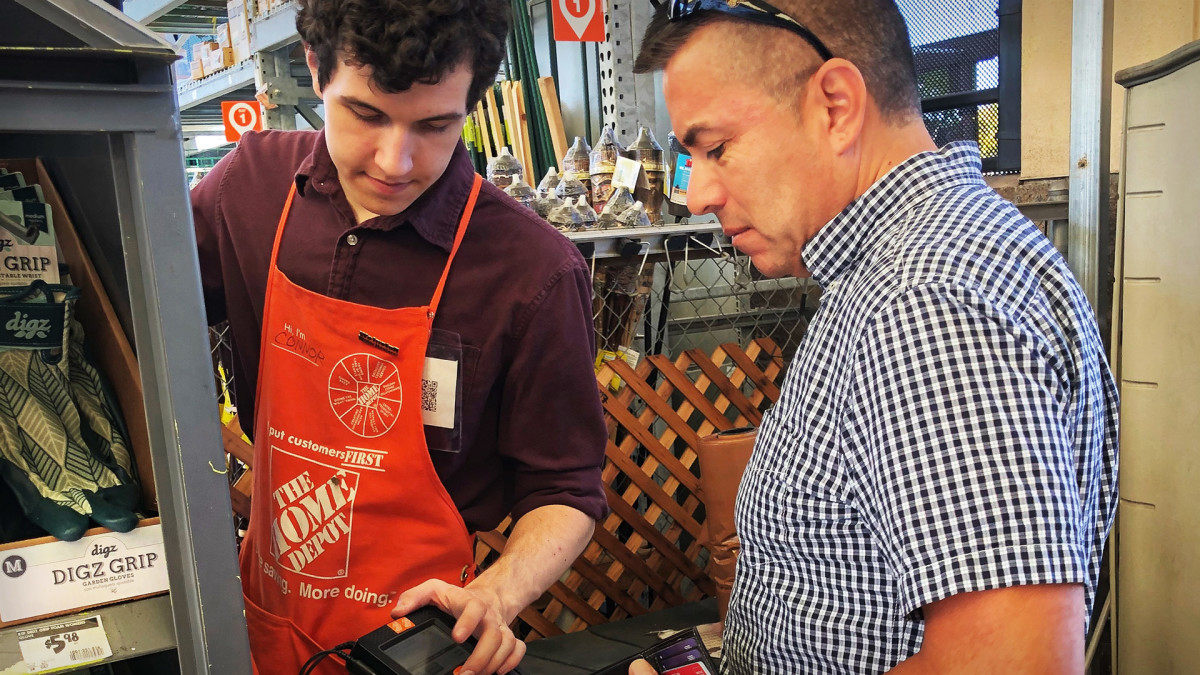Frilly bug feet inspire a water-striding robot
Ripple bugs’ nimble movements on the surface of water inspired a robot with automatically unfurling fans on its feet.

Ripple bugs spurred development of a robot with automatically unfurling fans on its feet
A water strider known as a ripple bug has frilly fans on its feet that help it dart and turn atop turbulent rivers.
Víctor Ortega Jiménez

If you want to walk on water, it helps to have fancy feet.
A type of water strider known as a ripple bug (Rhagovelia obesa) has frilly fans on its feet that help it dart and turn atop the turbulent rivers where it lives. The fans, which the bugs use like oars, unfurl when the insects’ feet touch water and close when removed. That motion is automatic, resulting from capillary forces rather than muscles, biomechanicist Víctor Ortega Jiménez and colleagues report in the Aug. 21 Science. Inspired by that bit of insect physics, the researchers created a water-striding robot.

With the help of their feet, the rice grain–sized ripple bugs can make sharp turns in just 50 milliseconds and move up to 120 body lengths per second. The bugs flit around so frantically that they appear to be flying rather than striding atop water. “If you are blinking, you miss the action,” says Ortega Jiménez, of the University of California, Berkeley.
The fans are made of tiny, ribbon-shaped barbs, festooned with even tinier barbules. When placed under water, the elasticity of the barbs and barbules causes them to spring out, forming a fan. But when pulled from the water, the attraction of water molecules to the fibers produces capillary forces that overcome that elasticity. It’s similar to how a paintbrush spreads when dipped into water and comes to a point when removed. No muscles are needed for the fan to unfurl.
Ortega Jiménez discovered that fact by dangling a severed foot on a strand of his wife’s hair and gently lowering it into a water droplet where, in just 10 milliseconds, it exuberantly burst open.

A ripple bug–inspired robot made with fans designed to mimic the real thing outperformed one without fans. The bot with fans made sharper turns and glided farther after a single push. Ortega Jiménez suggests that such robots, in the future, could be used for environmental monitoring of streams or searching flood zones for survivors.
More Stories from Science News on Animals
What's Your Reaction?





















































